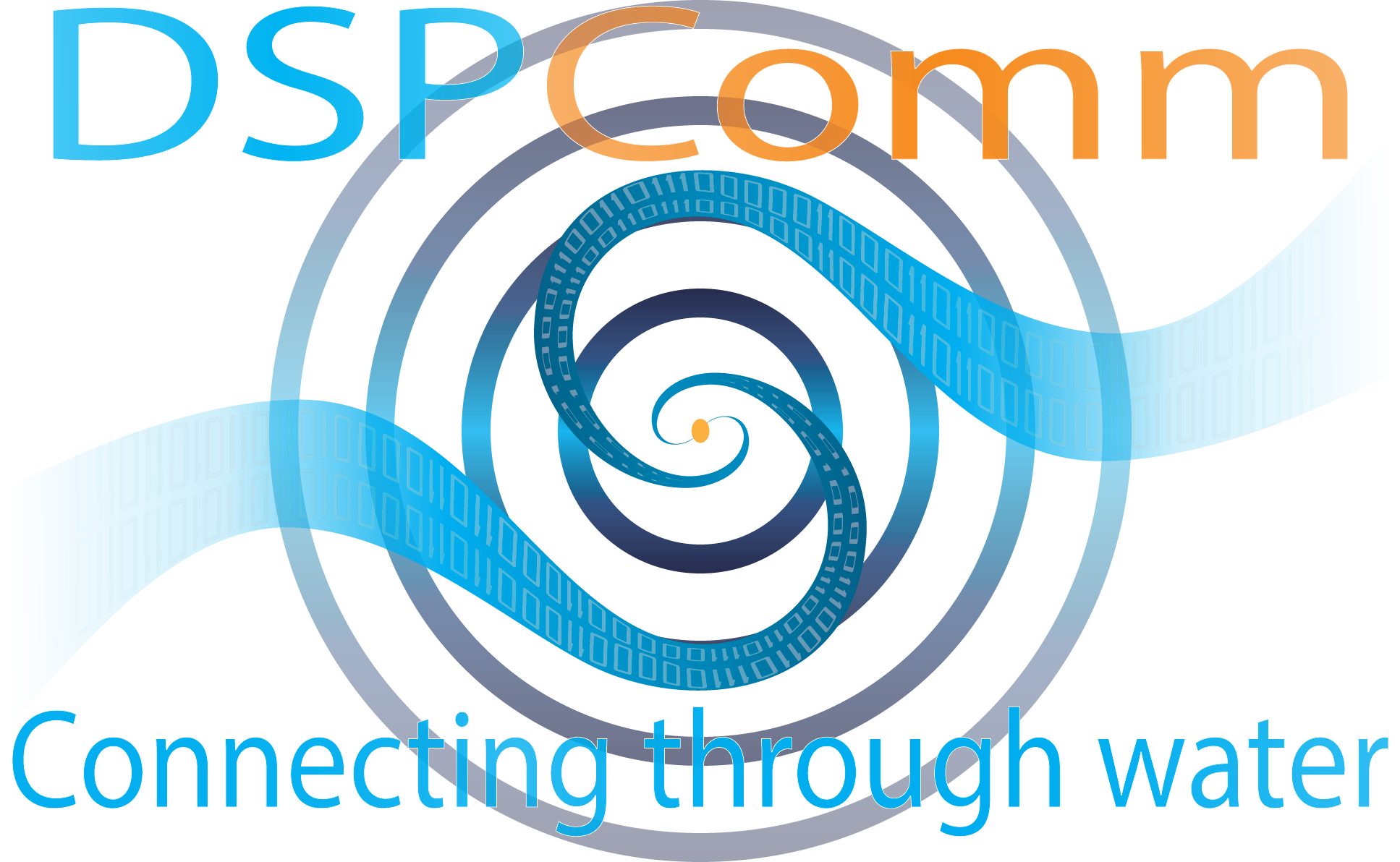
Acoustic Modems In Underwater Wireless Communication
Sensor networks are a group of tiny devices powered by batteries that monitor and record environmental conditions in any number of environments from a hospital lab to out in the sea. They collect and transmit data between each other and the mother control for analysis through the internet, a specialized industrial network or an enterprise WAN or LAN. This exchange of data is what is called underwater communication. Recently, marine applications like coastal surveillance, autonomous underwater vehicle operations and environmental research amongst many others have largely benefitted from underwater sensor networks. Underwater communication systems involve transmitting data through sound waves, electromagnetic waves or optical waves by an underwater wireless modem.
Acoustic Communication Modem (ACOMM)
Underwater acoustic modem is the most common and versatile underwater wireless modem technique for underwater wireless communication. Owing to its low attenuation of sound in water, it thrives in thermally stable deep waters but suffers at the hands of surface ambient noise, temperature gradients and multipath propagation in shallow waters. However good, efficient underwater communication is sometimes limited by electromagnetic optical waves raking up a speed level higher than 1500m/s. Acoustic waves are mainly used in underwater environments because it thrives well and can reach far distances underwater. The modems save power consumption by remaining in sleep mode when no data is being transmitted, periodically waking up to receive possible data transmitted by far end modems.
Future application of acoustic modems could enhance industries like the offshore oil industry, aquaculture industry, and fishing industries. Also, the acoustic modems make activities like pollution control, climate recording, ocean monitoring, detection of objects on the ocean floor, environmental monitoring, marine archaeology, search and rescue missions, seismic monitoring, ocean current monitoring amongst many others, a whole lot easier.
ADVANTAGES OF UNDERWATER ACOUSTIC MODEMS
1. They can be used to provide the pre-warnings
2. They can be used to gather oceanographic data
3. They can be used for search and rescue missions
4. They can be used for collections data for predictions natural disturbances
5. They can be used for pollution control
6. They can be used for underwater monitoring and communications
7. They can be used to discover old antiques lost at sea.
Approaches for Efficient Underwater Acoustic Communication
Frequency Shift Keying (FSK): FSK eliminates the need for channel estimation by its use of energy detectors only at the receiving end and by link, opens itself up to channel variations. The receiver decodes the message by measuring its power on different frequencies. However, frequencies spread and guard bands are required to prevent interference. The intervals for guard band placement, therefore, reduces the data rate of FSK. Frequency Shift Keying is done by using information bits to select the frequencies of the transmitted signal.
Direct Sequence Spread Spectrum (DSSS): In the DSSS modulation, a narrow bandwidth is first spread to a larger bandwidth by multiplying every individual symbol with a code and transmitting said result at a rate allowed by the larger bandwidth. In non-coherent DSSS, just like FSK, the need for channel estimation and tracking is eliminated.
Single Carrier Phase-Coherent Modulation (with Adaptive Channel Equalization): Channel Equalization refer to the process of suppressing interference through advanced signal processing on the receiving end. In this approach, the need for guard intervals and spreading operations is eliminated, hence raking in a higher data rate than the FSK and DSSS.
Multi-carrier Modulation: The motion behind this approach is to increase the wavefront duration for the symbol at each sub-band by dividing the bandwidth into several overlapping sub-bands. However, a neglect of inter-symbol interference may occur.
Multi-Input Multi-Output (MIMO): This makes use of multiple transmitters and multiple receivers.
CONCLUSION
Acoustic modes of wireless communication have been major players in underwater communication and if improved over the years according to new discoveries and machinery, will remain at the top.
